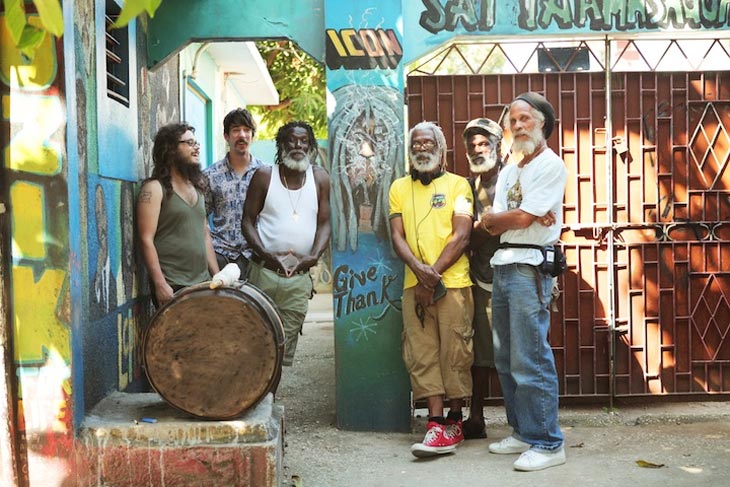
And now, in 2012, we have Icon Give Thank, a record combining Sun Araw’s desert acid zones with The Congos’ Kingston temples into one heroic dose. Cameron Stallones of Sun Araw, Geddes Gengras, Ashanti Roy of The Congos, and director Tony Lowe all chime in on this interview, to offer a glimpse into the divergent cultural and creative worlds that intersected in the creation of a final record and short film product.

Sun Araw
“Crete” from Ancient Romans
M. Geddes Gengras
April 2012 Tour Set
The Congos
“Fisherman” From Heart Of The Congos


Ashanti Roy Of The Congos
Unfortunately, my interview with Ashanti Roy was recorded unintelligibly as there was some technical difficulty or other at work. I can tell you, however, that this interview did indeed happen, that I will recount it, and that it is completely in keeping with the rest of the processes by which this record was made that Ashanti and co. would be involved in a personal and candid exchange only to have it pieced together and retold by a young white dude from the US.
As you may have seen in the Sun Araw / M. Geddes Gengras portion of the interview, the parties involved got together and made some musics — and then the aforementioned dudes went home and made a beautiful record after months of exhausting work. They later returned to The Congos’ home in Jamaica and played the record for them, to everyone’s delight. (No criticism is being leveled here, for in both cases the situation trumped the intentions. Things are kind of funny that way.)
Congo Ashanti Roy assured me that the recording of Icon Give Thank was a harmonious event. I asked him about the mystical nature of the music and how it seems to be a world distinct from those conjured by both Sun Araw and The Congos’ respective back catalogs. He responded by saying simply that The Congos make spiritual music. When we began to talk about past Congos releases like Swinging Bridge and Back tn the Black Ark, he was happy to tell me about working with Lee “Scratch” Perry for the first time since Heart of the Congos. But he had less to say about Icon Give Thank. In fact, he didn’t even know what the record was called (I learned this when I asked him what it meant) or that it had been released. What he did tell me that he was looking forward to The Congos’ show with Sun Araw in London, and that he thought fans of The Congos would like the new album (“The Congos are a very famous band,” he said. “We’re professionals.”)
While I couldn’t help but feel a little special that I got to deliver some news about the record to the man, I felt a little suspicious of the whole enterprise. Had he maybe forgotten? Had he actually not been told? Did he not care? Not for me to say, I guess, as I have little information on the matter. I don’t mean to accuse anyone involved in the project of any sort of dickery, either; both Sun Araw and M. Geddes Gengras seemed utterly authentic in their enthusiasm for the collaboration. Still, the questions…
In any case, Icon Give Thank is awesome. And I should leave this with a note that I am supremely grateful to have had the opportunity to speak with Ashanti Roy. Cliché as it may be, Heart of the Congos changed shit for me, and I let Ashanti Roy know that at the risk of sounding amateurish, because come on, how many chances do we get to talk to the people who impact our lives from afar?
– Troy Micheau, REDEFINE
NOTE FROM THE EDITOR
The above sidebar was deeply contested and criticized by the other parties in this interview, for its insinuations and lack of respect for Ashanti Roy as well as the project in general. We attempted shortly thereafter to change some wording, to represent a more sympathetic view on behalf of the American artists, but were then criticized, very appropriately, for not adding an additional note about the fact that we had changed the original article. The piece you now see above is the originally published sidebar, free from changes. It is up to you to decide whether you think the questions we have raised are worthwhile or if they are a journalistic attempt at getting a scoop. We will acknowledge that if we were to be given the chance to write it again, the severity of the article would indeed change. We did not set out with the intention of disrespecting anyone and are deeply apologetic that the parties involved feel disrespected. Nonetheless, while it was certainly not necessary to question the validity of the entire enterprise, the data we received from all perspectives naturally led to such speculation. Whether that speculation was warranted is for you to decide, and we encourage you to look at other articles such as this one from The Fader to decide for yourself. Thank you. – Vivian Hua
Sun Araw & M. Geddes Gengras
Fans might look at your record and think, “Sun Araw’s awesome and The Congos are awesome,” but people who do improvised music know it’s not as easy as two rad people getting together. How was it working with these guys? Did the ideas flow easily or did you have to carve them out? Did you feel that your different backgrounds — artistically, intellectually, spiritually, culturally — work with the process or hinder it?
SUN ARAW: That exact thing, exactly. I don’t know how much you know about the circumstances of us going down there; there wasn’t a lot of information. We really didn’t know the nature of the collaboration either; we thought we might put together a band of people down there… we were open to all possibilities because we really didn’t know; the whole thing came together so quickly. What happened was, very clearly what you said, at that point, in a situation that disparate, culturally, those unifying principles do appear, and that is what appeared. We just met and worked in the way that we work. We made a very conscious decision to just do what we do and not do something else because that seems like a really bad idea, obviously, and we managed to make good and find a connection with them.
M. GEDDES GENGRAS: I think also that those differences kinda made the collaboration what it was. That sort of exact disparity you talk about, in music experience and all these things, kind of led to both us and the Congos reaching to places we wouldn’t normally access as musicians because we were kinda thrown into this situation of having to make a record really fast with people we had never met before in a strange place in a sense, so you can kinda fight all the things that are making it hard or confusing or weird, or you could let it go. We knew that if… we stressed about it and thought about it too much nothing was going to get done, but if we just worked like we are used to working… Cameron and I are both pretty prolific musicians. We work fast, and we work a lot, so we’re used to doing that. I think it was pretty easy for us to get into that rhythm down there and kind of just let the other stuff sort of ride… and knew that as we got to know them, as artists and as people, that that stuff would get worked out.
The film that came with the documentary really makes one feel like one’s in the process with you guys. How did being in Jamaica in general, in The Congos recordings studio, or around all those different people, like the children, the different guys who are hanging out — how did that contribute to the overall feel of the record?
M. GEDDES GENGRAS: In a really practical way, I think the studio shaped the record completely, because we were working with a pretty limited set of resources, and things we would normally have access to, like amplifiers, weren’t there. The sound of the record was really born out of the situation in which we recorded it — plugging everything directly into the desk, which is not a way that Cameron and I would normally record guitars or things like that, so that was an interesting experience. Part of being there and in that space with them was kind of respecting the history and respecting the culture they come from, and really trying to pay tribute to that. It’s everywhere around you; you can see in the movie that [the studio] is covered in Rastafarian imagery, photographs, and posters. Legends of Jamaican music. You’re just kind of sitting there, surrounded by this, and it just kind of sinks into you after a while, how heavy that is and how real that is.
SUN ARAW: The film, I think, is a really accurate depiction I think of what it’s like to just be there. Everything that you experience in that film is obviously what we were going through in every direct way. One thing that I think [Tony] did a really good job of getting were the soundscapes there, because there’s always five or six prominent sort of melodic noises happening at once, including probably three or four different sound systems from different people’s yards, and street noise, and children noise, and nature noise, and all this stuff. It’s just this constant collage; even at night, it’s really loud there, which is not something I expected. But it’s so beautiful. And I think that’s sort of the way that a lot of us are used to hearing anyway — but I think that being there in such an amplified way — because it was so foreign, just the nature of the noise — it kind of created some of the spaces on the record, too. That’s a lot of how I work — disparate thing working together in different ways.
M. GEDDES GENGRAS: With the film, the one criticism from multiple people was that there was not much of a narrative arc, but my response to that is that our trip did not have much of a narrative arc, either. It’s just like, man, that’s what it looked like; that’s what it felt like. There’s just a lot of days where you don’t know what’s going on, you don’t know who these people are that you’re interacting with. For me, it’s the truest reflection of the experience, moreso than the record even, because the record is this construct that we made, whereas the film is a really honest document of being there and what actually happened and how the record came together.


Tony Lowe
How did you become involved in this project, and who else was involved in it with you?
I was introduced to Matt Werth (the guru and mastermind behind the project and RVNG Intl / FRKWYS) through filmmaker Sam Fleischner, who ended up shooting the film with me. The project sounded too special to be real, and I really wanted it to be documented in some form. I’d never met Cameron, Ged, or The Congos before, so there were a lot of leaps of faith, but we knew everything was right somehow.
Your filmmaking gives one the sense of actually being there, and Cameron and Ged said to us that they felt your filmmaking was probably more representative of the time spent there than the actual record was. What is the philosophy you take towards filmmaking, in general, and what do you think the vibes that were captured on this particular piece were?
That’s incredible that Cam and Ged said that. That’s beautiful. Films for me are a very, very magical art; they can reach very close to dreams and trance states. I’m very guided by the writings and films of Stan Brakhage, his ideas about “moving visual thinking,” and his sense that film should be as personal as possible. The editing style and pacing of the film aims to conjure to the same rhythm of experience we had – to mirror the reeling, constant awe we all felt during that time, which was both totally at ease and totally overwhelming. Jamaica is a place where music is constantly in the air but so is sound of gunshots and the smell of burning trash… it’s at once the most intense and the most relaxing place.
How do you feel that different artistic, intellectual, spiritual, cultural and economic backgrounds affected the process of filmmaking and the final product?
Everyone from the American camp is deeply spiritual, and The Congos recognized that sensitivity instantly. We found out pretty quickly we weren’t that different in an ultimate sense. Cam/Ged were definitely less accustomed to being filmed than the Congos — at least initially. They were more outwardly self-aware of the cameras. Jamaicans, however, tend to be very outgoing, but there’s a very ingrained history of tourism and exploitation there, especially in regards to Rasta, and I really wanted to avoid that kind of performative interaction. During editing, I found myself really gravitating towards the candid moments.
We had ventured to say to the dudes that the record has a bit of a mystical feel to it, and they had agreed. Do you think the film has any mystical qualities to it or that being in Jamaica and at the Congos headquarters contributed a sacred feel at all?
True Rastafarianism, in the way it is practiced by the Congos, involves a constant sense of spiritual awareness. It was very instructive. They don’t mince words. I certainly wanted the film to pay homage to the mystical focus we all shared during that time — I mean a lot of the footage feels steeped in that feeling — and the film itself is built around a very specific processional structure, like a ritual.
The film definitely captures run-ins with a host of different characters. Are there some stories, anecdotes, or favorite characters you might want to share about?
One man who didn’t make it into the film was Lion Roots, a rootsman (specialist in medicinal herbs and roots) that we purchased a fermented roots tonic from. He rode around the neighborhood on a bicycle selling his medicines. It was the most powerful potion I think any of us have every had; it included herbs like Blood Wiss, Woman Back, Raw Moon, and of course Duppy Gun, which is where Cam and Ged got the name of their new dancehall label.
What kind of timeline was the film shot on, and how much post-production was involved? How long did it take from start to finish?
We were in Jamaica for a little over the week. I sat with the footage for a long time, devising the ritual structure, and then I edited it over the summer in 2011. It took a long time… all told, it was over a year from start to finish.
Were you able to show the Congos the final video project, and if so, what were their thoughts on it?
We all travelled back to the Lion’s Den in December 2011 to play The Congos the mastered record and the film. We watched the movie on the computer in the studio — the computer you see a lot in the film — so it was a bit metaphysical. At first, it was quiet and I wasn’t sure how it was being received, but by the end, the studio was jammed with all the kids, neighbors, etc. It felt like watching home movies. That was the best screening imaginable… it was a very warm feeling.
Do you have any other projects coming up that you might want to pimp?
I’m just now finalizing the physical release of a collage film I made last year called Arabian Drift. It’s about car culture in the Middle East and it’s made up of cell phone footage, YouTube videos and bootleg Islamic DVDs. My production company, Astral Projects, is putting it out. It’s pretty intense.
Sun Araw & M. Geddes Gengras
Did you feel any sense of connecting with that other time, or any sort of responsibility or desire to incorporate traditional reggae or dub elements into this record?
M. GEDDES GENGRAS: We didn’t really have to, because the connection was right there in the room with us. Those guys — working with those four guys — that’s the connection right there. They brought that tradition, and they brought that thing to it, which allowed us to open up and to be even more free and to ourselves, because we knew they would be rooted by these vocals. It’s such a powerful thing. When you hear it, instantly, that recognition is so real — to me, at least, and I think to other people too.
SUN ARAW: Yeah. We both work really intuitively, so we don’t really think about those things when they’re happening at all. But I do think that — I have talked to people about it before, and we both kind of build in ways that are somewhat similar and influenced by the ways of a lot of producers who worked in the ‘70s — but almost out of the same necessity of having limited resources, you know? There’s a lot of things that I sort of do when I record myself — and on this record, too, that are sort of in that mode, but it is only because it was the only thing I could figure out to do with what I had, you know?
Were there any tricks you learned from having limited resources that might stick with you in your regular work?
SUN ARAW: The big challenge there, as Ged said earlier, was that there weren’t a lot of mics, so we were recording directly into the board, which is sort of something that neither of us would ever do, but that’s why the album sounds like it does. And we had two pieces of analog gear that we could run between. This weird limitation because a really explanation for the whole texture of the record which has a pretty unique texture in both of our catalogs; there’s not a lot of stuff we’ve recorded that sounds like that, in particular. The structure is similar, but the sounds are very different.
It doesn’t really sound like it just went into the board, so, good job.
SUN ARAW: Thanks, man. We worked on it a lot. We brought it back to L.A.
M. GEDDES GENGRAS: We made the record in nine days, and we mixed it in six months, so that’s how that goes. We tried to do it ourselves, and we just kind of banged our heads against the wall with it for months. [We] got it to the point where it kind of sounded the way we wanted it to and we were happy with it, [but] we knew there was an extra step we could take… it had been inside our heads for six months, and we wanted someone to take a look at it and help us out with it. So we got this guy, Butchy Fuego, who does recording and mixing stuff in LA. We ended up working with him, and we did two kinda marathon-style sessions where we just finalized the mix of the record. He really took it to the next level and got it ready for release in a way that we just, at that point, certainly were not capable of doing. So much respect to him for putting that gloss on it and kinda getting everything exactly where it needed to be.
I can totally understand spending six months on something and being too close to it to work on it very well.
M. GEDDES GENGRAS: We didn’t even know what it was still at that point. I still think that, in a way, neither of us even know what it is, so it’s kind of nice to put it in front of somebody else and be like, “What do you think this is?” to kind of give you that little extra push.
Did you guys send mixes to the Congos at all? Did they have any input at all on the final mix?
M. GEDDES GENGRAS: We gave them rough mixes right before we left, which kind of had all of the elements in place, but… not a lot of processing had been done. But really, we cut it, brought it home, and they didn’t really hear it again until it was mastered. They trusted us, I guess, and it’s kind of the role between producer and recording artist is kind of different certainly in the traditional reggae industry. The producer has a lot more control. We were sort of left to our own devices to mix it, and we brought it back to them — actually, we were there again this past December, and we all got to sit out in the yard and listen to it together, so they were listening to it for the first time, which was a pretty crazy, nerve-wracking experience, but I think everybody was pretty happy.
Was the second trip back more of a relaxed thing since you weren’t really working and were only really presenting a thing you’d done together?
M. GEDDES GENGRAS: Yeah, it was completely relaxing, pretty much.
I can both hear both of your previous works in the record, but it definitely has more of a, let’s say, mystical quality to it. How do you guys see this fitting into your discographies?
SUN ARAW: I agree there’s a weird quality to the record that’s really hard to put your finger on, because the whole experience was, for us personally, a gateway. The time in my life that it came, the things that I experienced there, and the personal connections to things that I had been experiencing… I don’t know. It’s just something that’s really hard to put your finger on, but it’s in there in a weird way, and it continues to. It was a powerful moment in a lot of people’s lives, and I think it’s going to continue to do that. I think that’s really in the record in a lot of strange ways, because there was no attempt to put it there. It’s just in there because it was evidence of what was actually going down.
M. GEDDES GENGRAS: We were surrounded by so much of this incredible… You talk about the mystic quality to it, and you go there, and that’s everywhere. Like, walking to the store; that’s what the record feels like to me: us walking to the store to buy a bottle of water. That was like everything, and it just couldn’t help but bleed in because we were living there.
A Quick Primer On Rasta
 – The worshipping of a singular monotheistic God, whom they call Jah (יהּ) — a shortened form of Jehovah found in Psalms 68 (King James Version) of the Bible. Jah is believed to be seen as the Holy Trinity of the Father, Son, and the Holy Spirit, and can be found living within every human. The commonly used term “I and I” refers to the Holy Spirit living within all humans, as well as the belief that all human beings are one and the same.
– The worshipping of a singular monotheistic God, whom they call Jah (יהּ) — a shortened form of Jehovah found in Psalms 68 (King James Version) of the Bible. Jah is believed to be seen as the Holy Trinity of the Father, Son, and the Holy Spirit, and can be found living within every human. The commonly used term “I and I” refers to the Holy Spirit living within all humans, as well as the belief that all human beings are one and the same.
– Rastafari is an Abrahamic faith, grounded in the Old and New Testament, with the belief that Rastas are descendants of the ancient twelve tribes of Israel who have been displaced due to slavery.
– Most adherents of the Rastafari movement worship Haile Selassie I (ኃይለ፡ ሥላሴ – “Power of the Trinity”), the Emperor of Ethiopia who ruled between 1930 and 1973, believing him to be the Second Advent or reincarnation of Jesus. Rastas believe that Selassie will lead the righteous into creating Zion, a perfect world. Zion, to be found in Africa and particularly in Ethiopia, is seen as a land promised by Jah to Rastas. Selassie died in 1975, sparking much debate amongst Rastafarians.
– Ritualistic practices include reasoning — gatherings and discussions conducted under the influences of cannabis — and groundation (“binghi”) holy days — multiple occurrences throughout the year, often aligning with events related to Haile Selassie’s life and Ethiopian history, where feasting, dancing, singing, and the smoking of ganja occur.
– Cannabis is highly important to Rastas, considered a meditative sacrament that cleans the body and mind, heals the soul, exalts the consciousness, facilitates peacefulness, brings pleasure, and brings one closer to Jah. Nonetheless, ganja remains illegal in Jamaica and many places abroad.
Ω



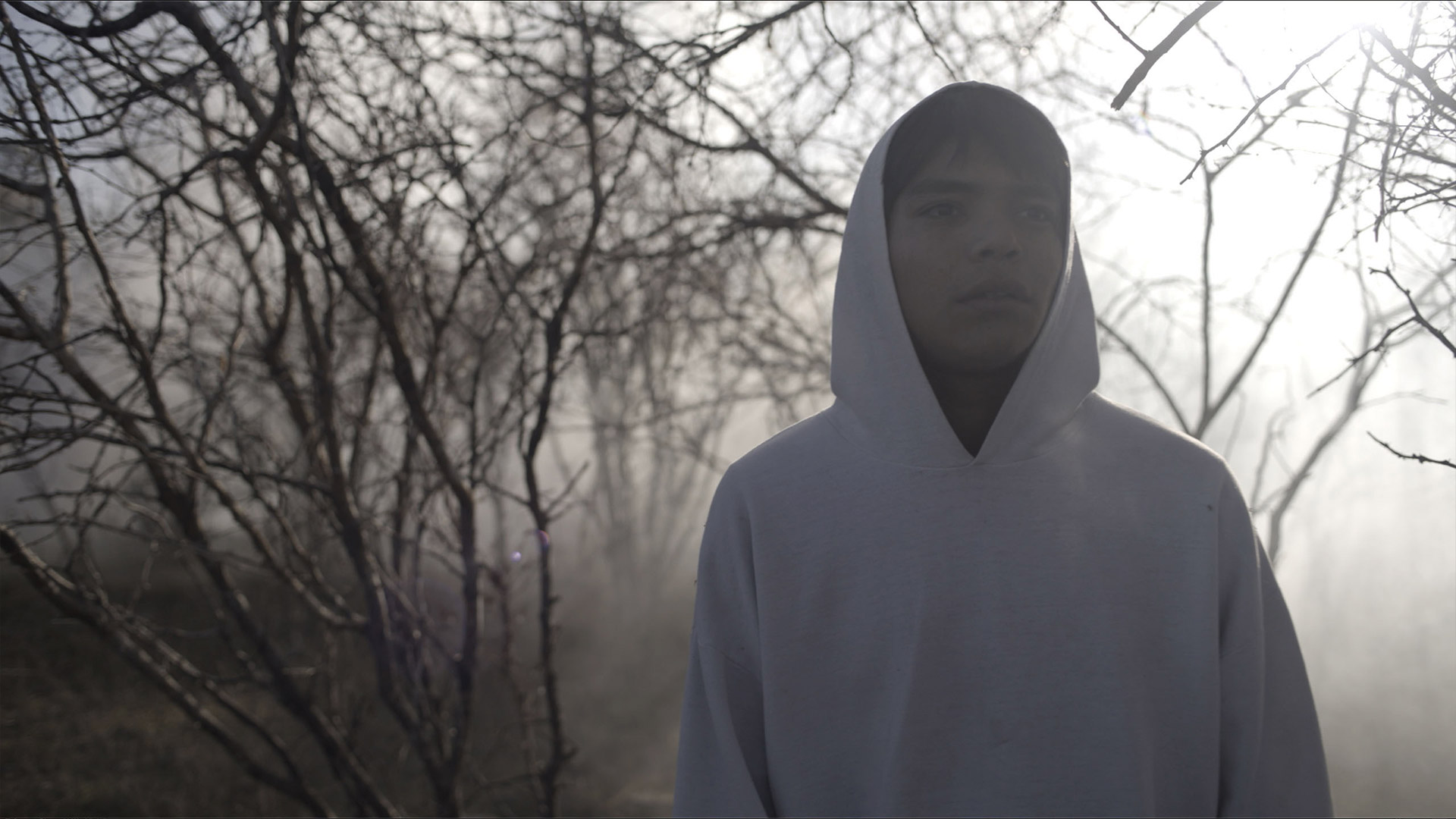
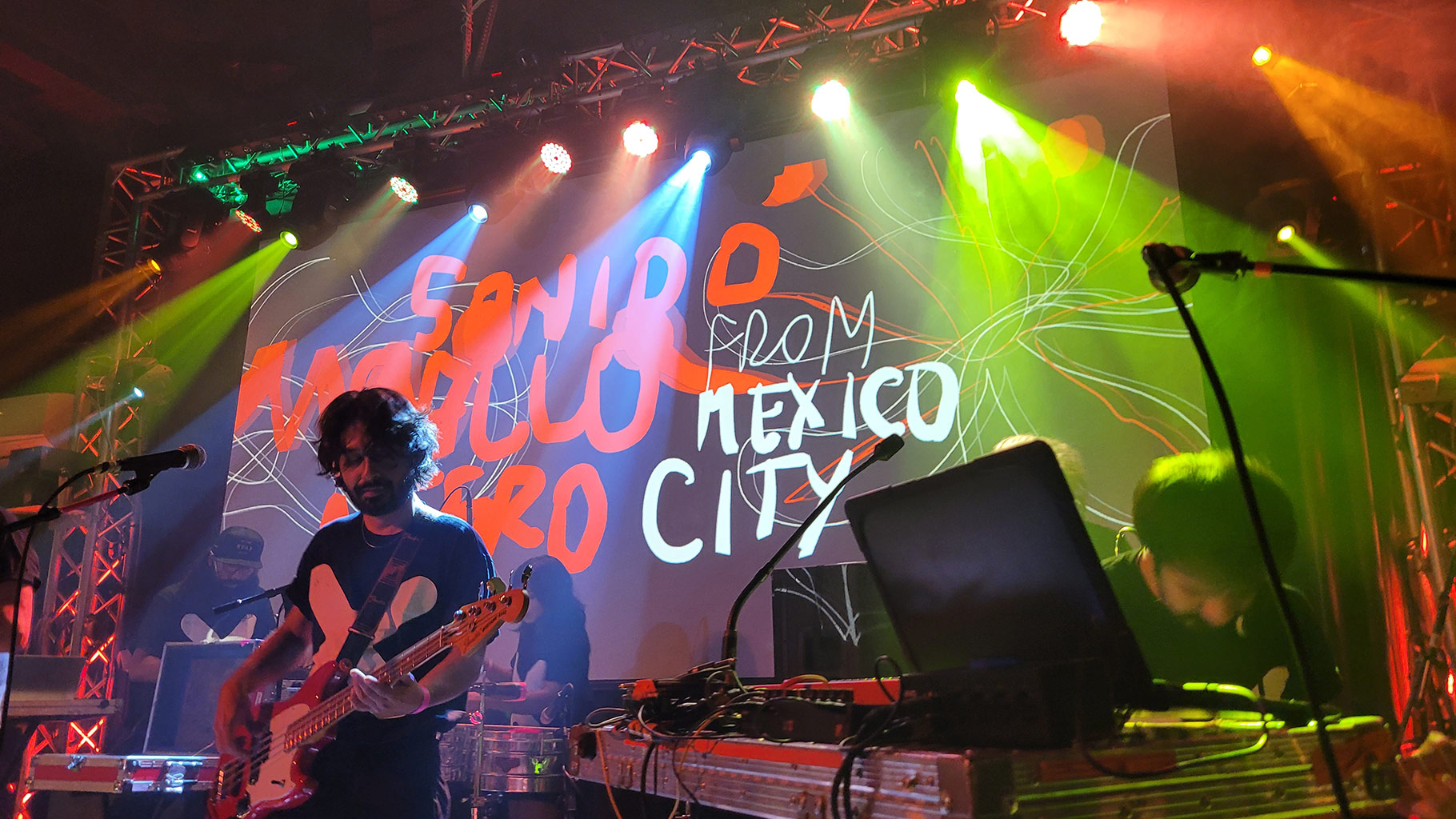
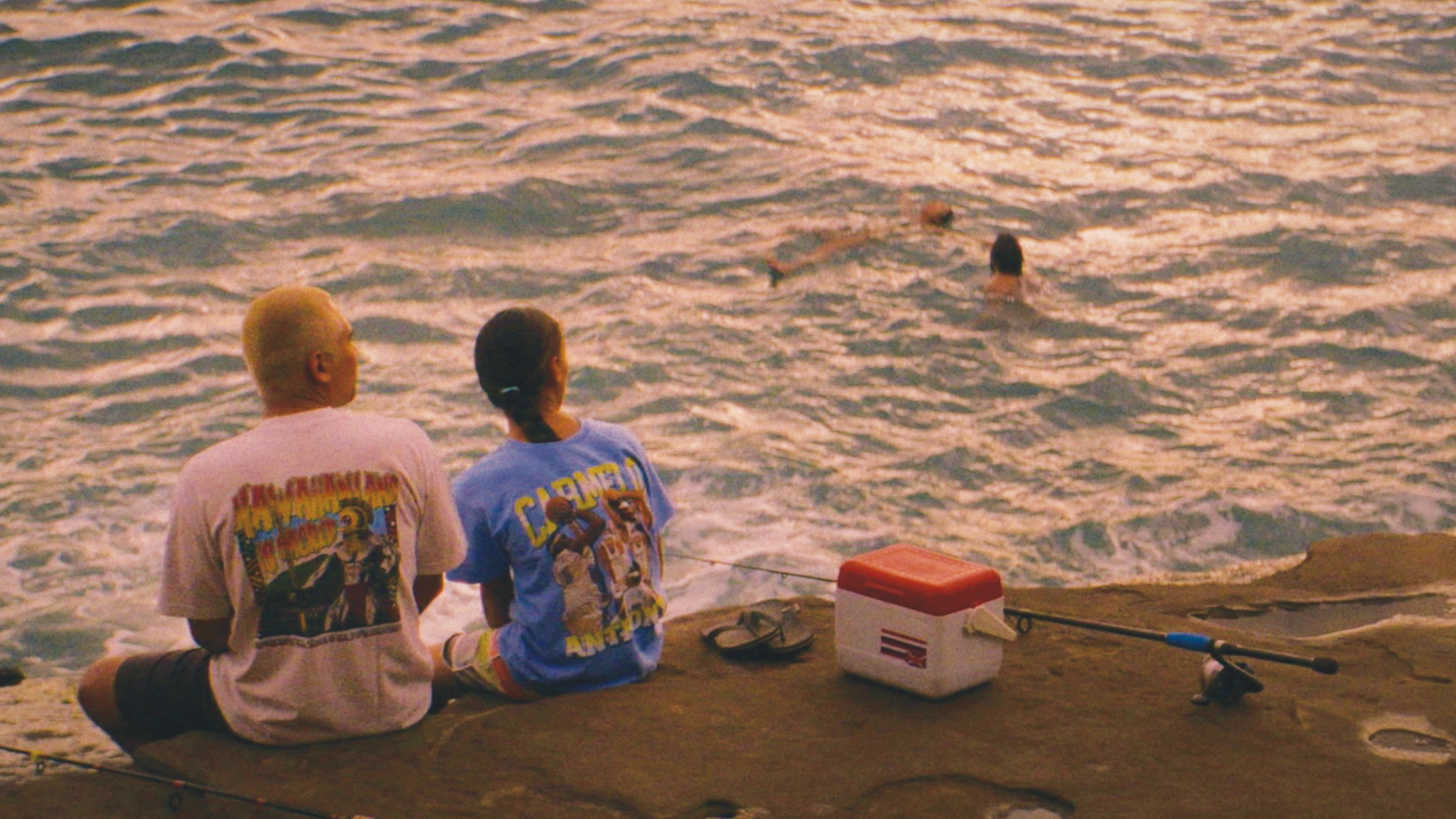
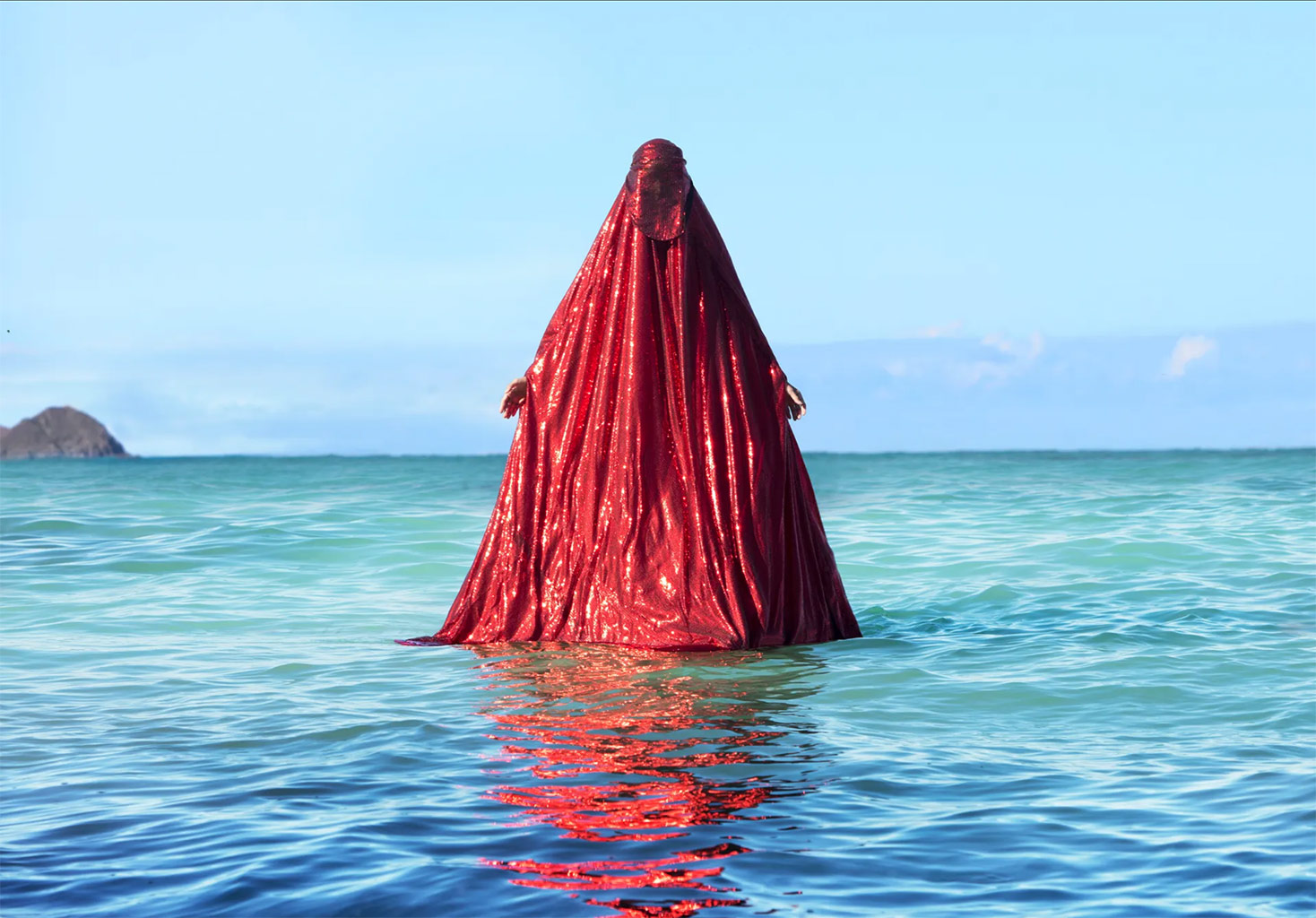
a fine piece.